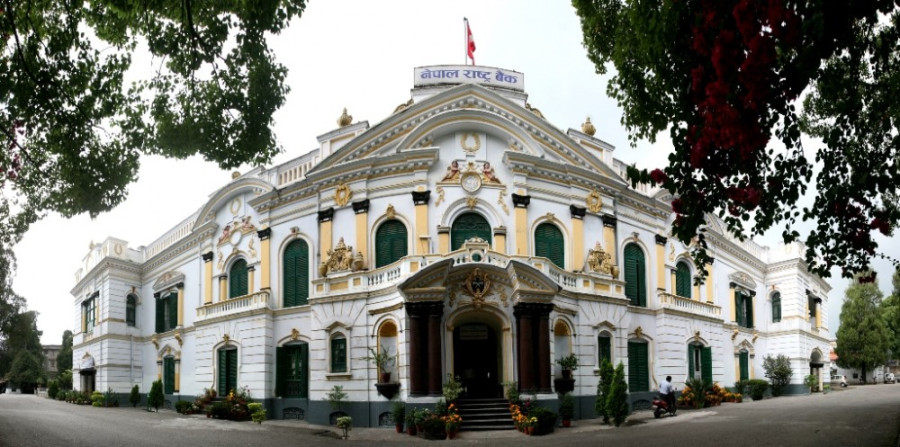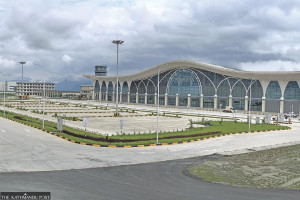Sat, Dec 13, 2025
Valley
Central bank tightens Indian rupee spending for cardholders
Less than two weeks after the controversial ban on high-denomination Indian currency notes, Nepal’s central bank has imposed caps on currency withdrawals using debit, credit and other prepaid cards to make payment for goods purchased in India.
bookmark
Published at : December 26, 2018
Updated at : December 26, 2018 19:39
Kathmandu
Less than two weeks after the controversial ban on high-denomination Indian currency notes, Nepal’s central bank has imposed caps on transactions using debit, credit and other prepaid cards to make payment for goods purchased in India.
Nepalis will not be allowed to make payments in excess of INR100,000 per month while making purchases of goods and services in India. The policy came into effect on Tuesday. The central bank said that the move is aimed at controlling expenditure on unproductive purchases in India as the country’s foreign currency reserves are strained.
Before Tuesday’s decision, Nepalis were allowed to spend any amount of money to purchase goods in India. Bhisma Raj Dhungana, head of the Foreign Exchange Management Department at the Nepal Rastra Bank, said the policy aims to check capital flight in the form of unproductive purchases.
According to him, the limit has been imposed on point of sale (POS) system, the spot where people or customers make the payment for goods or services using debit, credit and other prepaid cards.
“However, this provision will not apply to people who settle bills of hotels, hospitals and drug stores using the plastic cards,” Dhungana said.
All the banks received the new circular on Tuesday. Two weeks ago, the government had prohibited the use of 200-, 500- and 2,000-rupee Indian currency notes in the country.
Travel trade entrepreneurs and traders have criticised the move saying that the ban would have a negative impact on the exchange of goods and services between the two neighbouring countries.
Almost all market towns located along the border use Indian currency for payment.
Before the restriction on Indian currency, the central bank last month reduced the limit of foreign currency to $1,500 to a passport holder from $2,500.
The macroeconomic report of the first four months of this fiscal year shows that the country’s overall balance of payment deficit has reached Rs57.33 billion, with a current account deficit of Rs88.64 billion. The foreign exchange reserves stood at Rs1,082.91 billion, which is sufficient to cover merchandise imports of 9.2 months. The share of Indian currency in the total foreign exchange reserves stood at 24 percent.
The central bank has also imposed restriction on the interest rate on loans issued in foreign currency. In the new provision, the banks cannot take more than 2 percent interest on loans provided to the depositors of foreign currency. According to the central bank, many banks are paying just 0.2 to 2.6 percent interests per annum on deposits taken in foreign currency. However, banks have been charging up to 6 percent interest when they disburse credit.
Dhungana said the new rule is aimed at reducing the cost on import of raw materials and equipment by industries. “It is expected to reduce the cost of doing business in the production sector.”
Since Tuesday, the central bank has also revised the provision for commercial banks taking loans in Indian currency. Banks can accept such loans at up to 1 percent higher than the prime lending rate in India. Prime lending rate is the interest rate fixed by the Reserve Bank of India which Indian banks can charge in interbank transactions.
Editor's Picks
Public savings at risk as debt-ridden Nepal Airlines’ finances spiral
Hypertension and diabetes driving eye crisis in Kathmandu Valley
Bureaucratic hurdles, legal failures force father and daughter to take their own lives
Record graft case filed over China-funded Pokhara airport
Drone helps farmers tackle old challenges
E-PAPER | December 13, 2025
×




 18.12°C Kathmandu
18.12°C Kathmandu









